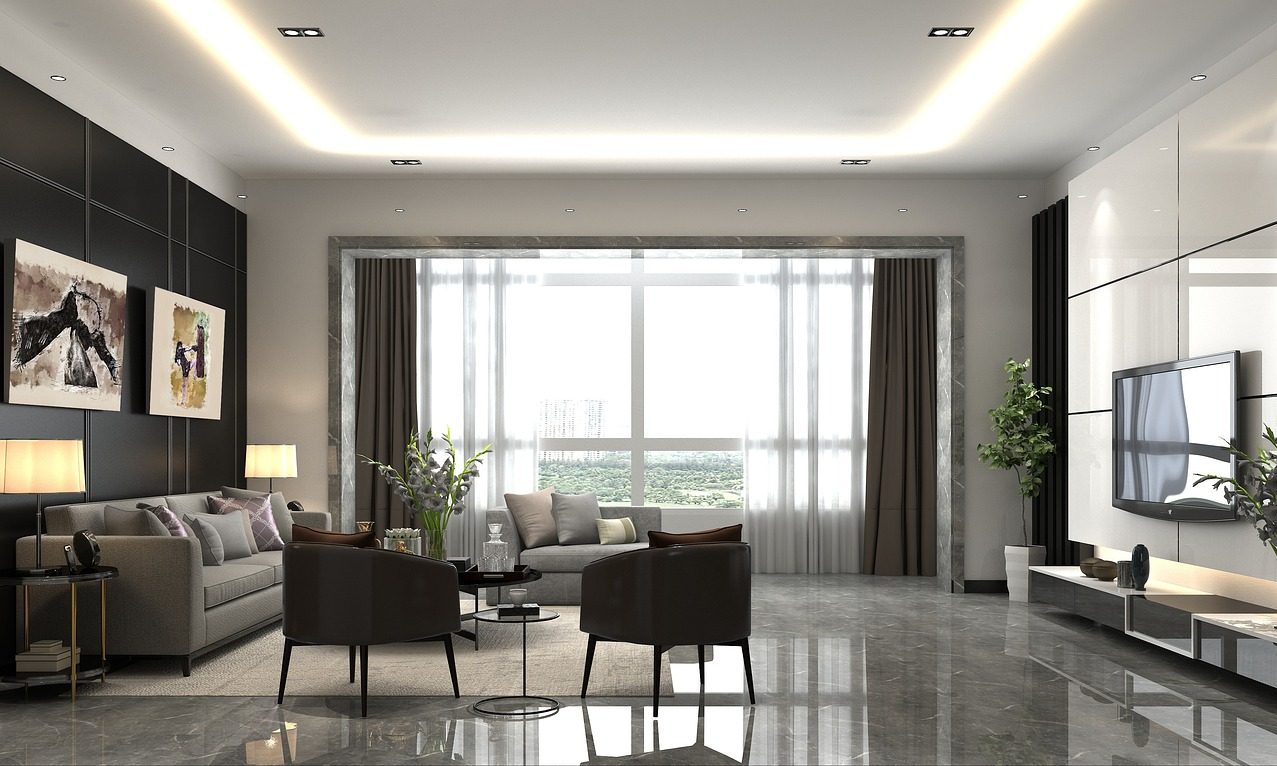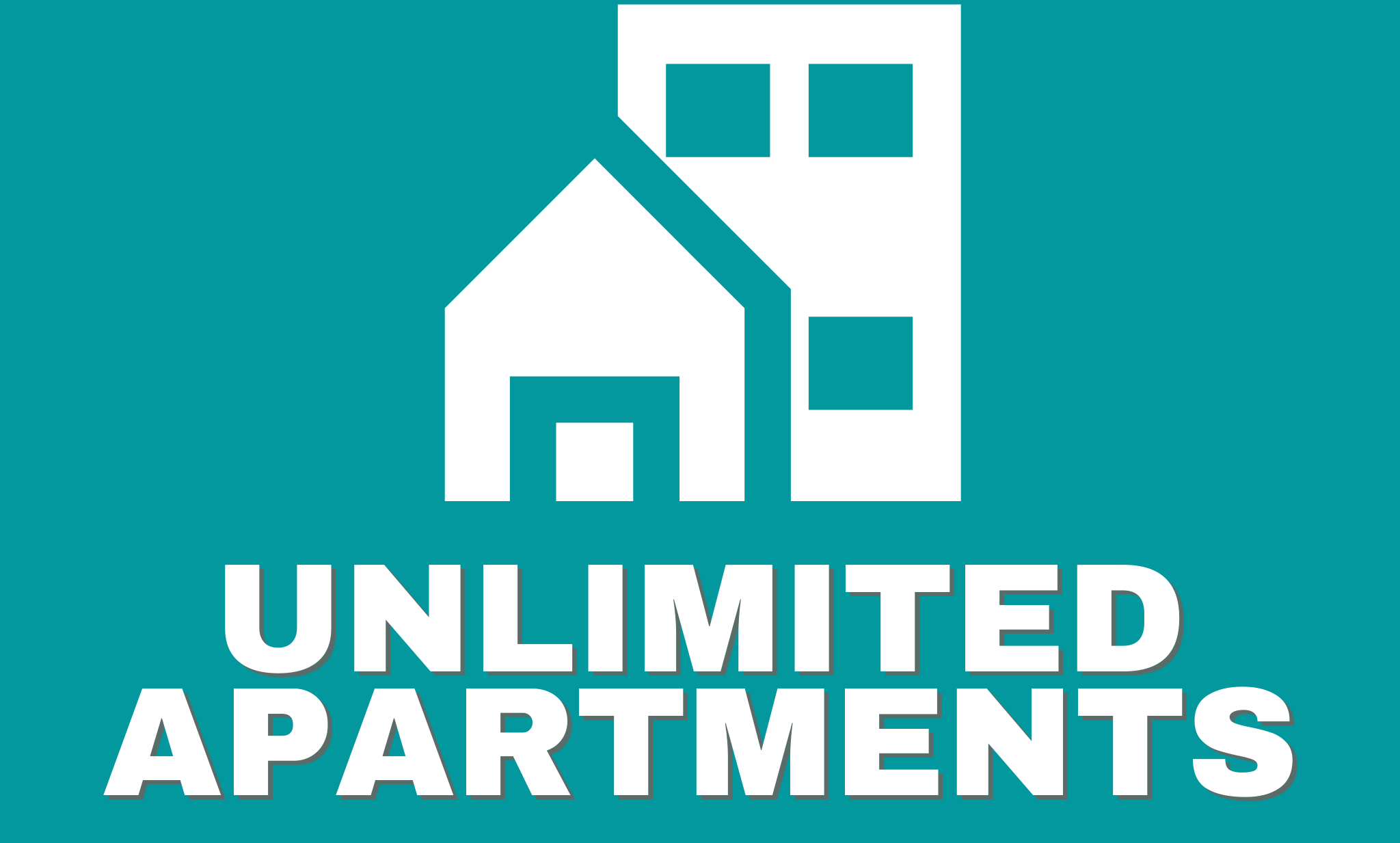
Dogs are part of many households, and while their occasional barking and noisy antics might not cause much concern among neighborly homes, the constant barking that follows a puppy around can become annoying and cause sleep disruptions and irritability among neighbors.
One effective method to stop barking is minimizing external distractions by drawing the blinds or curtains shut.
1. Draw the Blinds and Curtains
As barking noise from dogs can travel very far and be irritating to neighbors living in apartments, to be an effective pet owner while still having positive relationships with your neighbors you should take steps that minimize it. One such step would be creating a sound barrier within your apartment such as hanging heavy paintings or curtains in order to block barking sounds from reaching other apartments – plus visual barriers can help avoid neighborhood distractions that would encourage barking!
Dogs usually become distressed when they see something outside the window that triggers their senses, such as a squirrel in a tree or someone walking on the sidewalk. Therefore, if your home features windows with view outside it is wise to close blinds or curtains to block out sight and prevent your pup from barking!
Curtains can be an economical and attractive solution to creating sound barriers in your apartment, while simultaneously being decorative. Select blackout-type curtains for an added layer of security while simultaneously helping reduce light entering your space – helping keep your pet at ease!
If curtains don’t do the trick for your dog’s barking, plywood placed on window shelves can help block it out of your apartment and prevent other sounds that might disturb neighbors from entering your home. If neither method works, consider hiring professional dog trainers who can teach your pup how to bark less frequently; it could save both parties much trouble in the future!
2. Apply Plywood on the Windows Shelf
If your apartment features large windows, plywood can help soundproof it by reducing noise from outside and limiting barking of dogs reaching neighbors’ ears. Furthermore, this will keep other noises such as people shouting outside the apartment door, car engines revving late at night, or trains rolling by from entering and irritating Fido’s ears.
Dogs typically bark to communicate with their owners, but sometimes out of boredom, fear, or separation anxiety. Furthermore, dogs will frequently bark at something exciting or alarming such as squirrels in a tree or when someone approaches their house with mail – either of these things might prompt a bark.
These sounds can be dampened using acoustic materials like carpet, blankets, and rugs; their sound-absorbing capabilities also dampen footsteps and noise from walls, ceiling, floor surfaces as well as footsteps. Furthermore, polyurethane caulk sealant may help further soundproof walls and windows for additional soundproofing.
Add soft furniture, like blankets, pillows and area rugs with plush materials like blankets and pillows, to absorb your dog’s barking without it echoing around the room. Hang sound-absorbing tapestries or panels on walls – easy to install fabric-wrap or custom art finishes can match decor perfectly; but these materials can be costly; curtains and canvas paintings may still work just as effectively and may cost less than new furniture or rugs!
3. Insert Soundproof Windows
Barking dogs can be an irritating distraction to neighbors living above, below, or nearby your apartment complex. Your neighbors may get fed up and complain to the management. One way to reduce noise pollution from running footsteps, barking dogs and household activities is making your apartment soundproofed by adding carpet, rugs or sound dampening materials like sound proof curtains/blinds that reduce noise pollution; adding curtains/blinds may help block visual distractions outside which may prompt your pup to bark excessively.
Other than curtains, soundproof windows can also help block out distracting noises from outside your apartment. Companies like CitiQuiet offer window inserts with an STC rating of 38 that should provide some noise reduction; however, this solution might prove too expensive; therefore it should only be considered as a last resort solution.
If your dog is barking due to boredom or fear, try keeping it busy by playing with it or providing other forms of entertainment; this should prevent unnecessary barking while helping your neighbors sleep sounder.
Put your pup in a soundproof crate as another way of soothing his barking; this will keep them safe from hearing their owner or other residents outside, strangers or animals, as well as provide some much-needed peace and quiet. Crates also serve to calm nervous or separation anxiety-affected pets down quickly.
4. Add a Thick Carpet
Barking can be one of the most irritating sounds that dog owners must contend with. Its causes vary, from boredom and separation anxiety to fear. Other times it could just be their attempt at playing back. Unfortunately, this sound can travel through walls and disturb sleep in nearby neighborhoods; therefore it is essential that owners muffle their dogs’ barking with various methods such as thick carpets, sound-absorbing panels or sealing air gaps on doors – these steps may keep other neighbors’ dogs from hearing your dog bark while simultaneously muzzling other sounds such as traffic or trains from being heard outside.
Add thick carpet or plush furniture to the room in order to reduce noise, such as dog barking. This will absorb and diminish echo in the space while attenuating other distracting noises such as people talking, children playing or coworkers conversing.
If your dog’s barking continues to bother your neighbors, professional assistance could be the key. A trained dog trainer can teach your pup proper behavior and help build stronger bonds between you and them.
Apt living comes with its share of noise, but some dogs are louder than others. To limit how much noise your pup makes, try placing him/her in a sound-proof crate or using a bark collar; alternatively you could try playing relaxing music to drown out their barking.
5. Create a Big and Heavy Bookshelf
Add a large and heavy bookshelf to your apartment to muffle dog barking by creating an additional wall, blocking sound from penetrating through it to disturb neighbors. If the sound of your pet’s barking is particularly bothersome, consider installing some acoustic wall panels for noise absorption and echo reduction. They come with fabric wrap or custom art finishes to match any decor – making this an effective and inexpensive solution to soundproof your home.

